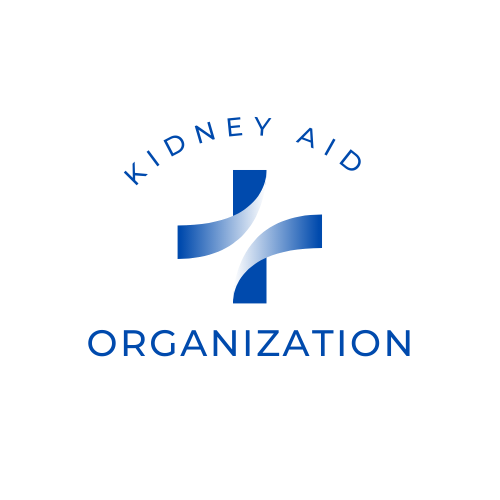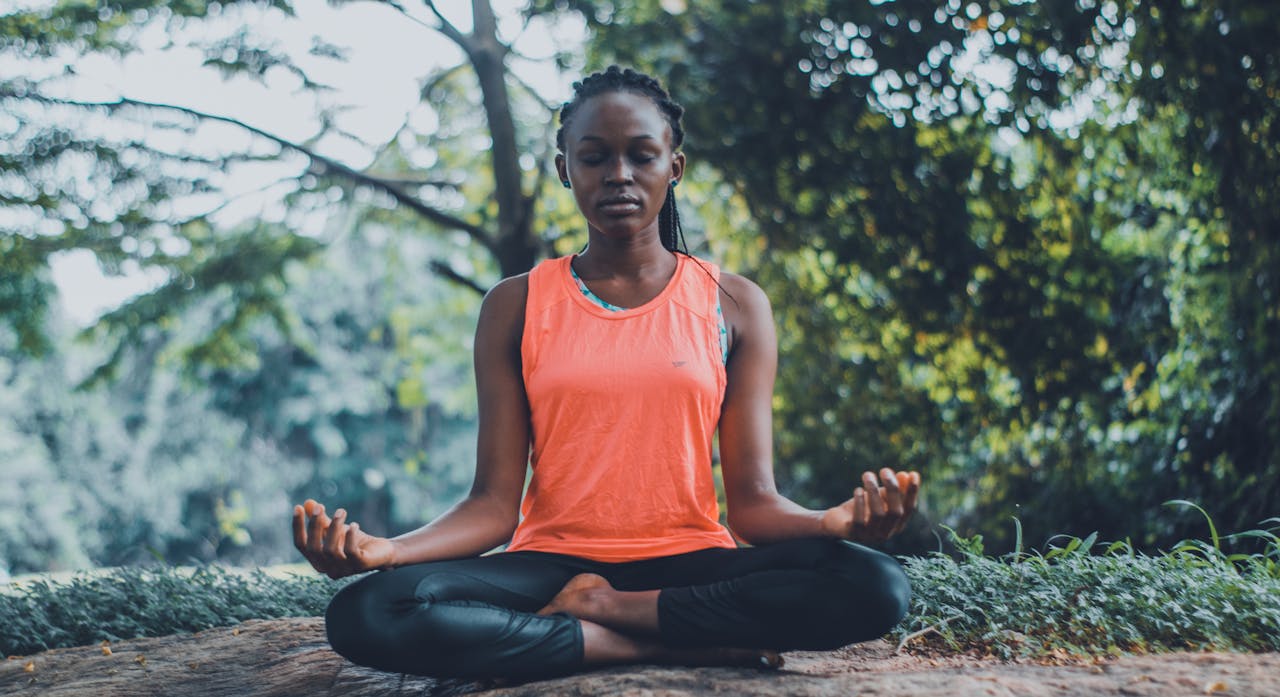Yoga, an ancient practice originating from India, has gained popularity worldwide for its numerous health benefits. Beyond its physical aspects, yoga offers a holistic approach to wellness, addressing both the body and mind. For individuals suffering from chronic kidney disease (CKD) and liver pain, incorporating specific yoga poses into their routine may provide relief and support for managing symptoms. In this article, we explore the therapeutic potential of yoga for CKD and liver pain, highlighting effective poses and their mechanisms of action.
Understanding Chronic Kidney Disease (CKD) and Liver Pain
Before delving into the yoga poses beneficial for CKD and liver pain relief, it's essential to grasp the nature of these conditions. Chronic kidney disease involves the gradual loss of kidney function over time. Common causes include diabetes, high blood pressure, and autoimmune diseases. CKD can lead to complications such as fluid retention, electrolyte imbalances, and cardiovascular issues. On the other hand, liver pain often stems from liver conditions such as hepatitis, cirrhosis, or fatty liver disease. Liver pain may manifest as a dull ache or sharp discomfort in the upper right abdomen and can significantly impact daily life.The Role of Yoga in CKD and Liver Pain Management
Yoga offers a multifaceted approach to managing CKD and liver pain by addressing physical, mental, and emotional well-being. The gentle movements, controlled breathing, and mindfulness practiced in yoga can alleviate stress, improve circulation, and promote relaxation, all of which are beneficial for individuals with CKD and liver pain. Moreover, certain yoga poses target specific muscle groups, organs, and energy pathways, facilitating detoxification, strengthening, and pain relief.Yoga Poses for CKD Relief
For individuals with CKD, incorporating yoga into their routine can complement medical treatment and promote overall health. Yoga poses that focus on stretching, gentle twisting, and breathing techniques can support kidney function and alleviate associated symptoms. Uttanasana (Forward Fold), for example, helps stimulate blood flow to the kidneys and may aid in detoxification. Additionally, Bhujangasana (Cobra Pose) strengthens the back muscles and may improve posture, reducing the strain on the kidneys. Balasana (Child's Pose) promotes relaxation and can alleviate stress, which is crucial for managing CKD-related complications.Yoga Poses for Liver Pain Relief
Similarly, individuals experiencing liver pain can benefit from specific yoga poses that target the liver and surrounding areas. Ardha Matsyendrasana (Seated Spinal Twist) gently massages the abdominal organs, including the liver, promoting detoxification and improving digestion. Setu Bandhasana (Bridge Pose) strengthens the back and abdominal muscles while increasing blood flow to the liver region. Additionally, Supta Baddha Konasana (Reclining Bound Angle Pose) promotes relaxation and may alleviate tension in the abdomen, providing relief from liver pain.Incorporating Yoga into Your Routine
To reap the benefits of yoga for CKD and liver pain relief, it's essential to practice regularly and mindfully. Begin with gentle movements and gradually increase intensity as your body adapts. Remember to listen to your body and modify poses as needed to avoid strain or injury. Consult with a qualified yoga instructor, especially if you're new to yoga or have specific medical concerns. Additionally, consider combining yoga with other lifestyle modifications such as a balanced diet, adequate hydration, and stress management techniques for comprehensive wellness support.CKD-Friendly Yoga Routine: Promoting Kidney Health and Well-Being
Chronic kidney disease (CKD) presents unique challenges that require a gentle and mindful approach to physical activity. Yoga, with its emphasis on controlled movements, breathing techniques, and relaxation, can be a valuable addition to a CKD-friendly lifestyle. This yoga routine is designed to support kidney health, alleviate associated symptoms, and promote overall well-being in individuals living with CKD.Warm-Up (5 minutes)
Begin your yoga routine with a gentle warm-up to prepare your body and mind for the practice ahead. Perform each movement slowly and mindfully, focusing on your breath and sensations in your body.Cat-Cow Stretch
- Start on your hands and knees in a tabletop position.
- Inhale as you arch your back, lifting your head and tailbone towards the ceiling (Cow Pose).
- Exhale as you round your spine, tucking your chin to your chest (Cat Pose).
- Repeat this flowing movement, syncing your breath with your movements, for several rounds.
Neck Rolls
- Sit comfortably with your spine tall and shoulders relaxed.
- Slowly drop your right ear towards your right shoulder, feeling a gentle stretch along the left side of your neck.
- Roll your chin towards your chest and then slowly towards your left shoulder.
- Continue this circular motion, alternating sides, for several rounds.
Standing Poses (15 minutes)
Move into a series of standing yoga poses to improve circulation, promote flexibility, and strengthen the muscles supporting your kidneys.Tadasana (Mountain Pose)
- Stand tall with your feet hip-width apart and arms relaxed by your sides.
- Engage your thigh muscles and lengthen your spine, lifting through the crown of your head.
- Take several deep breaths, grounding through your feet and finding stability in this foundational pose.
Vrikshasana (Tree Pose)
- Shift your weight onto your right foot and lift your left foot off the ground.
- Place the sole of your left foot on the inner thigh or calf of your right leg, avoiding placing pressure on the knee.
- Find your balance and bring your palms together at your heart center or extend your arms overhead.
- Hold this pose for several breaths, then switch sides.
Virabhadrasana II (Warrior II Pose)
- Step your feet wide apart, with your right foot facing forward and left foot turned slightly inward.
- Bend your right knee, aligning it over your ankle, while keeping your left leg straight and strong.
- Extend your arms parallel to the floor, gaze over your right fingertips, and sink deeper into the pose.
- Hold for several breaths, then repeat on the opposite side.
Seated Poses (15 minutes)
Transition into seated yoga poses to further stretch and strengthen your body while promoting relaxation and stress relief.Sukhasana (Easy Pose)
- Sit comfortably on the floor or on a cushion, crossing your legs in front of you.
- Rest your hands on your knees or in your lap, palms facing up or down.
- Close your eyes and take several deep breaths, grounding yourself in this seated position.
Janu Sirsasana (Head-to-Knee Forward Bend)
- Extend your right leg out in front of you and bend your left knee, bringing the sole of your left foot to rest against your inner right thigh.
- Inhale as you lengthen your spine, then exhale as you hinge forward from your hips, reaching towards your right foot.
- Hold onto your shin, ankle, or foot (using a strap if needed) and relax into the stretch, feeling a gentle release along the back of your right leg.
- Hold for several breaths, then switch sides.
Baddha Konasana (Bound Angle Pose)
- Sit with your legs extended in front of you, then bend your knees and bring the soles of your feet together, allowing your knees to fall out to the sides.
- Hold onto your feet or ankles, lengthen your spine, and gently press your knees towards the floor.
- Take deep breaths as you open your hips and groin area, finding ease and relaxation in this pose.
Restorative Poses (10 minutes)
Finish your CKD-friendly yoga routine with restorative poses to promote deep relaxation, stress reduction, and a sense of inner peace.Supta Baddha Konasana (Reclining Bound Angle Pose)
- Lie on your back with your knees bent and feet together, allowing your knees to fall out to the sides.
- Place one hand on your belly and the other on your heart, feeling the rise and fall of your breath.
- Close your eyes and surrender to gravity, allowing your body to melt into the floor.
- Stay in this pose for several minutes, focusing on slow, deep breaths and releasing tension with each exhale.
Savasana (Corpse Pose)
- Extend your legs out in front of you and allow your feet to fall open.
- Rest your arms by your sides with palms facing up, fingers naturally curled.
- Close your eyes and let go of any effort or tension, completely surrendering to stillness.
- Remain in Savasana for at least five minutes, soaking in the benefits of your practice and allowing your body and mind to integrate the experience.

